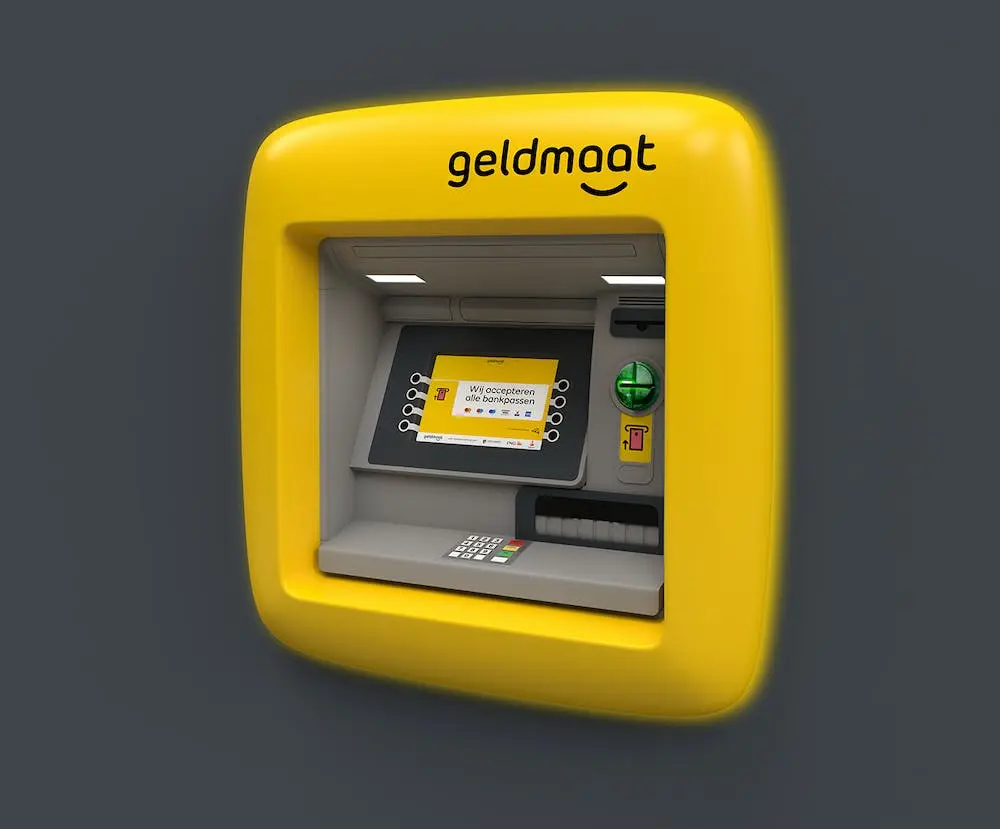In an era where collaboration and resource optimisation are paramount, the financial industry has witnessed a remarkable shift towards shared banking, ATM pooling, and cooperative banking initiatives. This innovative approach not only enhances efficiency but also reduces costs for banks, fostering a mutually beneficial ecosystem for both financial institutions and consumers.
In October 2023, experts across Europe and Emerging Markets met at the annual summit held by the ATM Industry Association (ATMIA). During the conference, they explored the factors that have contributed to the rise of shared banking and delved into some notable success stories from across Europe.
Why has there been a Shift to Shared Banking?
The move towards shared banking is driven by several factors, with improved efficiency and cost savings at the forefront. In an increasingly interconnected world, financial institutions are recognising the advantages of collaboration to streamline processes and optimise resource utilisation. ATM Pooling not only reduces operational expenses but also enhances customer accessibility to essential services.
The surge in digital payments globally has markedly impacted the role of cash. Cash usage has declined in many areas but remains crucial in specific communities. In developed markets, we’ve observed a noticeable reduction in bank branches and ATMs, resulting in limited access to cash for some individuals. Shared banking aims to maintain cash access while easing financial burdens on banks.
Shared Banking Works!
Geldmaat: A Dutch Pioneer in Shared Banking
Geldmaat, a joint initiative by three major Dutch banks – ABN AMRO, Rabobank, and ING, exemplifies the power of ATM Pooling. By consolidating their ATMs under the Geldmaat brand, these banks have not only reduced the number of ATMs but also enhanced the overall efficiency of their cash distribution network. This collaborative effort ensures wider geographical coverage and accessibility for customers, all while optimising operational costs.
Bankomat: Transforming ATM Services Through Collaboration
In Sweden, Bankomat has become a household name in shared banking. Established by major Swedish banks, including Nordea, Swedbank, and SEB, Bankomat has successfully pooled resources to create a unified network of ATMs. It simplifies cash withdrawals for customers and enables banks to share ATM maintenance costs, creating a sustainable solution.
A representative from Bankomat highlighted the significant financial inclusion gap in Sweden, revealing that approximately 10% of the population is not financially included. Additionally, he underscored the crucial role of cash in times of crisis by noting a striking 30% increase in the amount withdrawn from ATMs in the days following the Ukrainian invasion. This underscores the enduring importance of cash during challenges, as individuals rely on physical currency for financial needs.
Post Office: A Glimpse into Coordinated Banking Hubs
The United Kingdom has embraced co-op banking through innovative solutions like the Post Office Banking Hubs. These hubs, strategically located in post offices across the country, serve as co-op banking facilities. In collaboration with various banks, the UK Post Office provides a range of banking services, from cash deposits to account inquiries. This shared approach ensures that even in remote areas, customers have access to essential financial services.
Batopin: Elevating Co-op Banking in Belgium
Batopin, a shared banking initiative in Belgium, brings together banks to create a network of shared ATMs. By consolidating their resources, member banks enhance the efficiency of cash distribution, reduce costs, and provide customers with convenient access to their funds. The cooperative model benefits banks and fosters a sustainable, customer-centric banking experience.
Challenges of Shared Banking
While the advantages of shared banking are undeniable, challenges do exist, primarily during the planning and implementation phases. The successful cases demonstrate that shared banking models can indeed work effectively; however, the key lies in the meticulous setup and execution of these collaborative initiatives.
Settlement
One such challenge is settlement and reconciliation. Coordinating transactions and reconciling accounts among multiple institutions require robust systems to ensure accuracy and transparency. Addressing challenges is crucial for maintaining shared banking integrity and sustaining trust from both banks and consumers. Solutions like Sonas can play a pivotal role in ensuring settlements are recorded and processed accurately.
BETTER MANAGE CASH PROCESSING AND SETTLEMENTS TODAY
Logistics, Cooperation, and Compliance
Forging shared banking networks among multiple financial institutions involves navigating a complex landscape. Initially, these institutions must reach a consensus on terms, as well as the sharing of resources, benefits, and risks. Additionally, they must surmount the challenge of integrating diverse infrastructure, further adding to the intricacy of the collaborative endeavour.
Compliance with various banking regulations and standards becomes complex when multiple institutions are involved. Establishing a regulatory framework that addresses the shared banking model and navigating compliance issues across different jurisdictions can be challenging.
Maintenance and Upkeep
Collaborative efforts require ongoing maintenance and upkeep of shared resources such as ATMs. Coordinating maintenance schedules, addressing technical issues promptly, and ensuring a consistent level of service across the shared infrastructure pose ongoing challenges.
The Future of Shared Banking: A Collaborative Evolution
As shared banking, ATM pooling, and co-op banking continue to gain momentum, the future looks promising for the financial industry. Collaborative efforts not only drive efficiency but also align with the evolving expectations of customers for seamless and accessible services. Successes from Geldmaat, Bankomat, UK Post Office Hubs, and Batopin show shared banking is a strategic shift to a customer-centric landscape.
In conclusion, the future of shared banking holds the potential for even greater collaboration, innovation, and customer satisfaction. As institutions explore cooperation, consumers anticipate an efficient, cost-effective banking experience grounded in collaboration and shared success. The shared banking revolution is underway, transforming the financial industry into a more connected, resilient, and customer-centric ecosystem.






